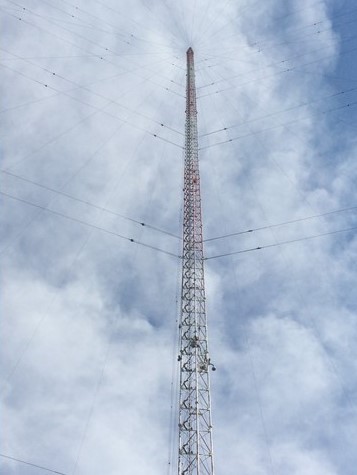Image: US Coast Guard
What’s New: Well, the paper below is from last year, but our alert member Jens just discovered and sent it to us. This is the most recent in a series of papers documenting and supporting China’s expansion of eLoran into the western part of the country.
What to Know:
- China has long been pursuing a “comprehensive” approach to PNT service and security. See their discussion at the 2019 Stanford PNT Symposium. In the U.S. we might call it a “systems” or “layered” method of ensuring essential PNT is always available. It is certainly what US government agencies and others have been calling for.
- The primary reason articulated in Chinese papers for their eLoran and fiber PNT efforts is to eliminate the vulnerability of over-reliance on space-based PNT. They say that space-based signals can easily be denied (they can? – We are shocked!).
- South Korea is also implementing a systems approach to essential PNT. In addition to using GPS and launching their own regional space-based augmentation, they have reconfigured their Loran-C system into eLoran. Their eLoran system can cooperate with China’s and Russia’s Loran, or operate as a stand-alone, independent system. So South Korea has sovereign PNT regardless. Smart move.
- The US Department of Transportation reported to Congress that the nation needs an integrated system of PNT signals from space, terrestrial broadcast, and fiber to ensure our national and economic security.
- There are multiple terrestrial broadcast technologies and companies that could easily and inexpensively provide the US terrestrial broadcast PNT services.
- The last four administrations have failed to do anything to backup or complement GPS with terrestrial services. Government insiders say this is due to opposition from GPS advocates within DOD and industry who see other technologies as threats to funding.
What it Means for the US:
- The US is much more vulnerable to space-based PNT disruptions than China. This is a huge strategic disadvantage.
- In the event of a strong Coronal Mass Ejection or other major disruption the US economy and national security will suffer much more than China’s.
- China, can threaten American PNT service without the US being able to respond in kind (Russia has a similar strategic advantage over the US).
- The US is unable to support and sell sovereign and resilient PNT to the developing world. This leaves the field open for China to encourage dependence on BeiDou and gain leverage over those countries infrastructure and economies.

Simulation-Based Selection of Transmitting Antenna Type for Enhanced Loran System in Selected Location
Abstract
To improve the coverage and timing capability of enhanced Loran signals, three enhanced Loran transmitters are planned to be built in Western China. The most appropriate antenna configuration can be determined by comparing domestic and foreign mainstream small and radio antennas. By analyzing and comparing the electrical and structural parameters and signal propagation curves of the transmitting antenna, it can be concluded that the single tower umbrella antenna provides the best performance in all evaluation indexes, and the enhanced Loran signal can be transmitted to areas 1000 km away through the single tower umbrella antenna so that the enhanced Loran signal covers most areas of Western China. Therefore, it should be widely used in the construction of enhanced Loran transmitters in the future.


